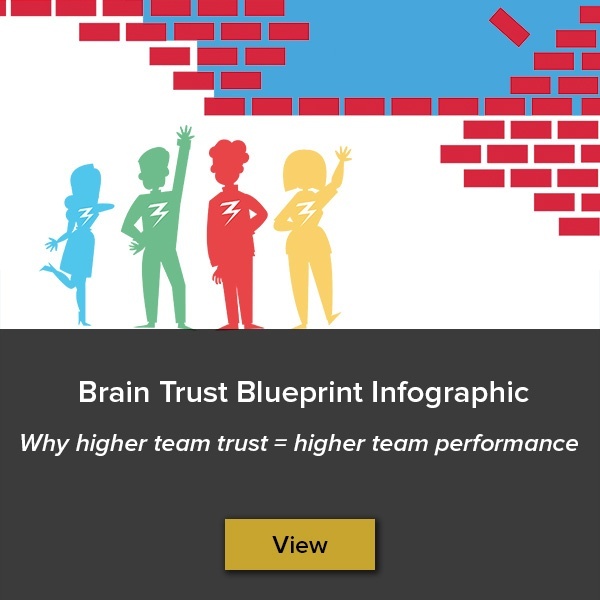What could be more fun than a team building exercise? Before you say, “Just about anything,” maybe we should look at some of the reasons why team building activities get such a bad rap.
Let’s start with that loaded word “fun.” Fun activities are a great way to lighten things up and spark new ideas, especially when the team’s been under a lot of pressure or needs a break from some intense work. One study even found that humor and laughter are effective coping strategies for dealing with failure and stress.
Having fun at work is a good thing, and in some cases, the break might be just what the team needs to recharge its thinking and get a fresh outlook on the task at hand. But sometimes these activities don’t really have a point. Either they’re not serving a clear business purpose or they haven’t been designed with a specific goal in mind. In this sense, they’re not really team building exercises; they’re socializing disguised as team building. It’s no wonder then that some team members will end up annoyed, feeling like they’re wasting time that could be better spent working on meeting that critical deadline.
Even when there is a clear point to them, fun activities aren’t going to be “fun” to everyone. What sounds like a great bonding experience to one person may be another person’s idea of torture. And if everyone’s not fully engaged, then you’re really missing the point. As Liz Ryan writes at Forbes.com, “team building activities are only useful when everybody who participates wants to be there. There’s no such things as effective, forced team building!”
Team building activities also won’t make up for bigger, more systemic issues. They might even create cynicism about the activities themselves and the reasons that you’re doing them. Kevin Cloutier, co-founder of Feet First Eventertainment, emphasizes that team building can’t fix a broken culture.
But it can make things worse. Depending on the activity and how it’s designed, it may inadvertently reinforce silos, embarrass people or deepen existing biases, all of which can erode trust between team members as well as their trust in the leader who organized the activity.
Designing Team Building Exercises That Engage Your Whole Team
You can’t please all of the people all the time. Not everyone’s going to love every aspect of every activity. But you can take steps to make sure everyone sees the value, willingly participates and benefits from your team building exercises.
A good strategy is to start by thinking about how your team members think. How do they like to engage with others? What kinds of activities spark their thinking and what kinds shut it down? Where are there differences in thinking, and how can you construct activities that encourage and put that diversity of thought to use?
Just as important, consider your own thinking and how that influences what you like to do and don’t like to do. It’s easy to get caught up in our own preferences and interests while losing sight of what others care about. To make sure that doesn’t happen, do a Whole Brain ® Walk-Around to cover all your thinking bases:
A: Identify the business goals and be clear on what you’re trying to accomplish.
B: Define the ground rules, agenda and guidelines for the exercise.
C: Make sure there are activities and interaction that everyone will feel comfortable with.
D: Use your imagination and be willing to try something new.
As a planning step, this will encourage you to think through all the potential variables so you can design or select team building activities that everyone wants to participate in—and that everyone will feel is a good use of their time.
In an upcoming post, we’ll share some ideas and examples of team building exercises that appeal to different thinkers and how you can mix and match elements to engage the full diversity of thought on your team.
Looking for more ways to build trust on your team? Check out the Brain Trust Blueprint infographic to learn the #1 trait of unbeatable teams!







.png)



